As a developing economy, India has numerous developmental aspirations. How India meets these goals without worsening the climate crisis is at the heart of CSTEP's work. Addressing climate change and enabling a secure and sustainable future for Indian citizens require an overhaul of previous paradigms on development and resource utilisation. This is reflected in our work on developing low-carbon trajectories for development with an emphasis on nature-based solutions.
We are working with state governments across India to build capacity on risk and vulnerability assessments to inform their respective action plans on climate change. The transition from fossil fuels to renewable energy is crucial to achieving a secure and sustainable future. CSTEP's studies explore the possibility of a greater integration of renewables in the energy sector.

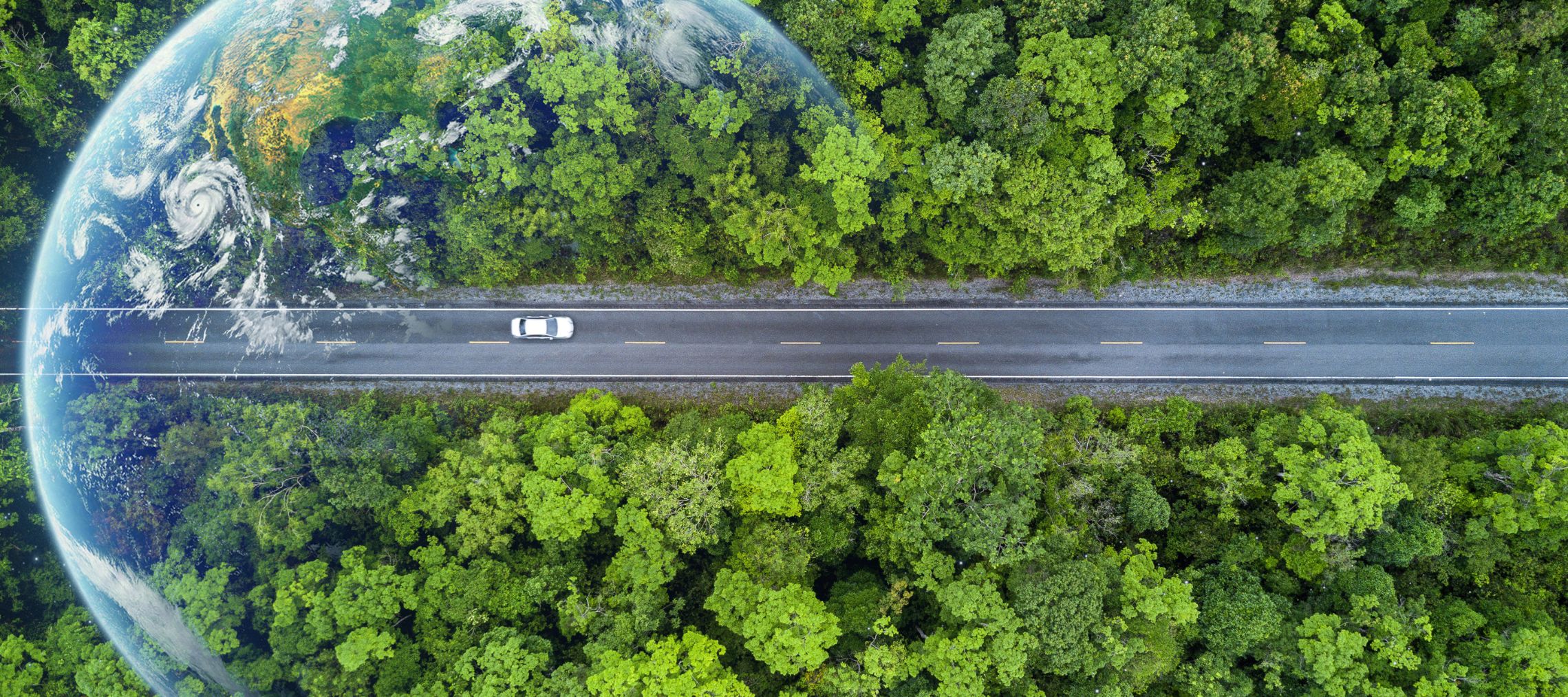
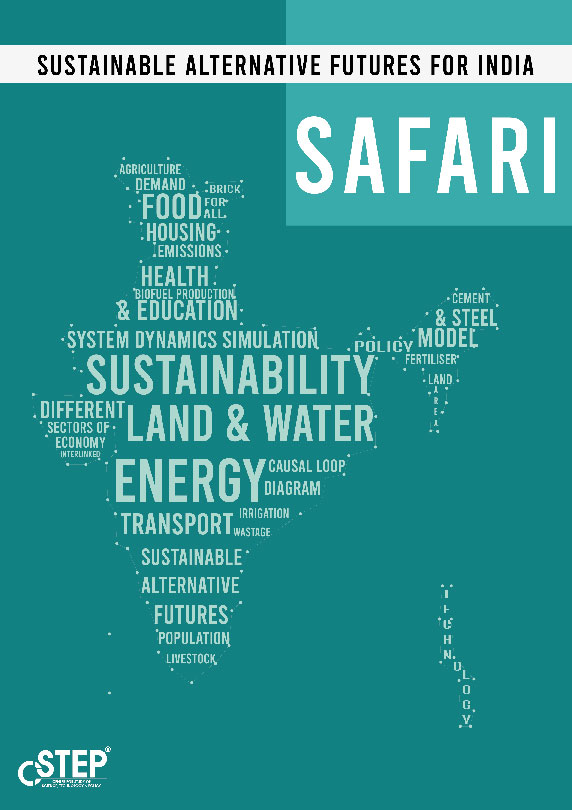
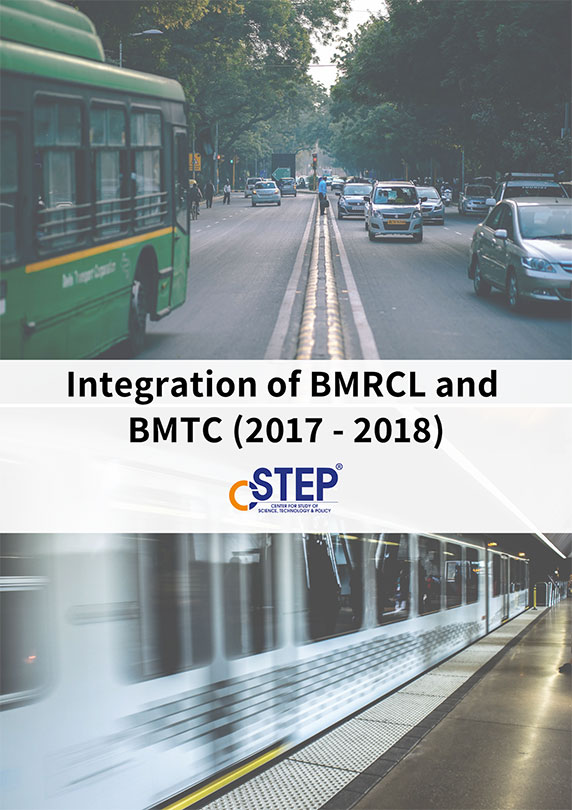
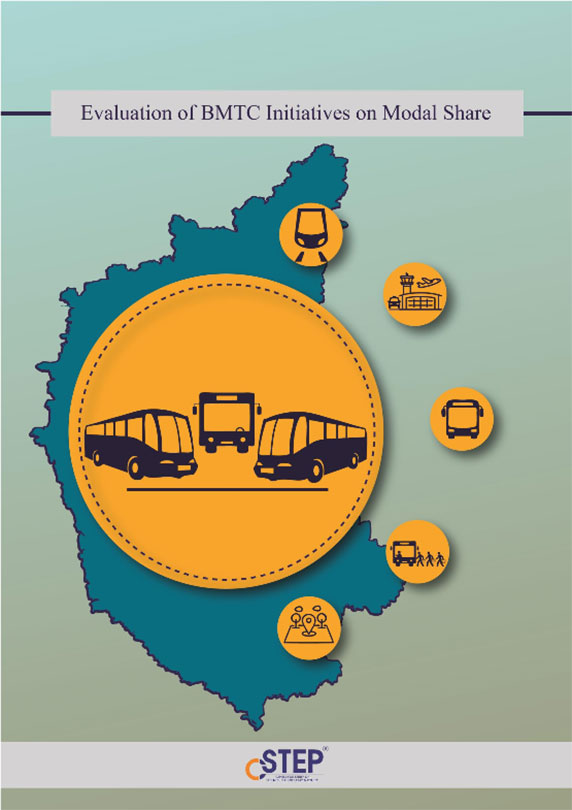
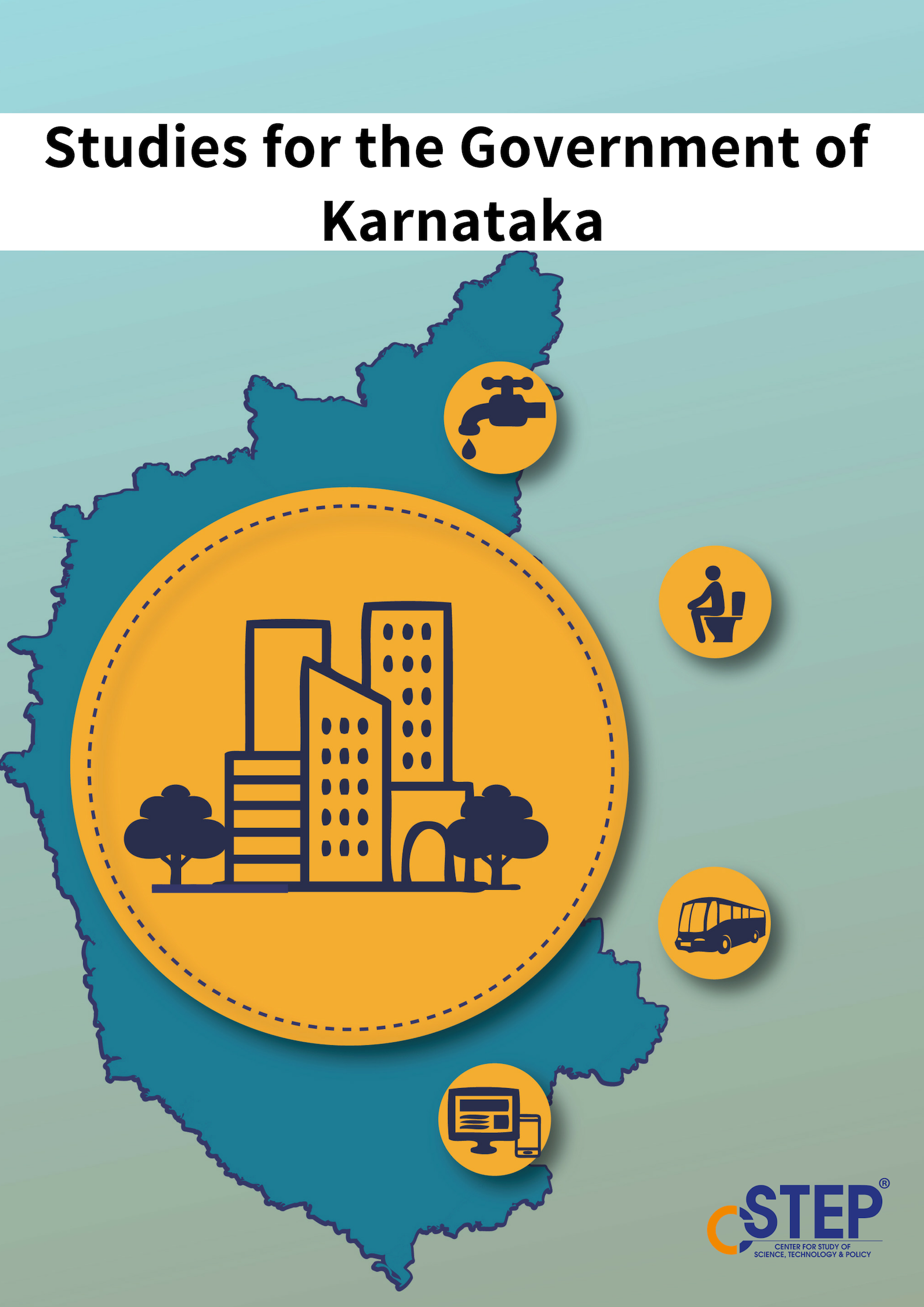

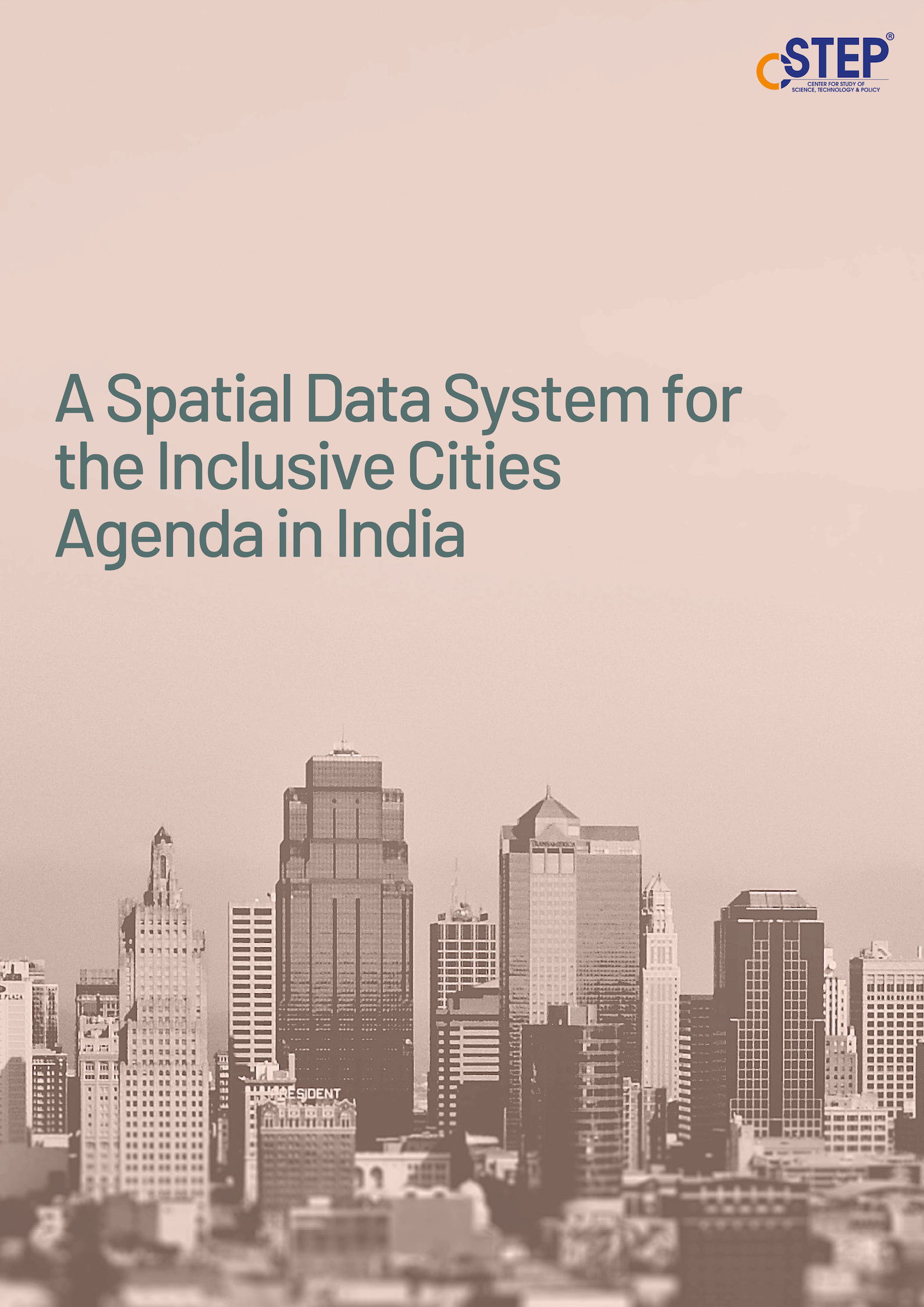
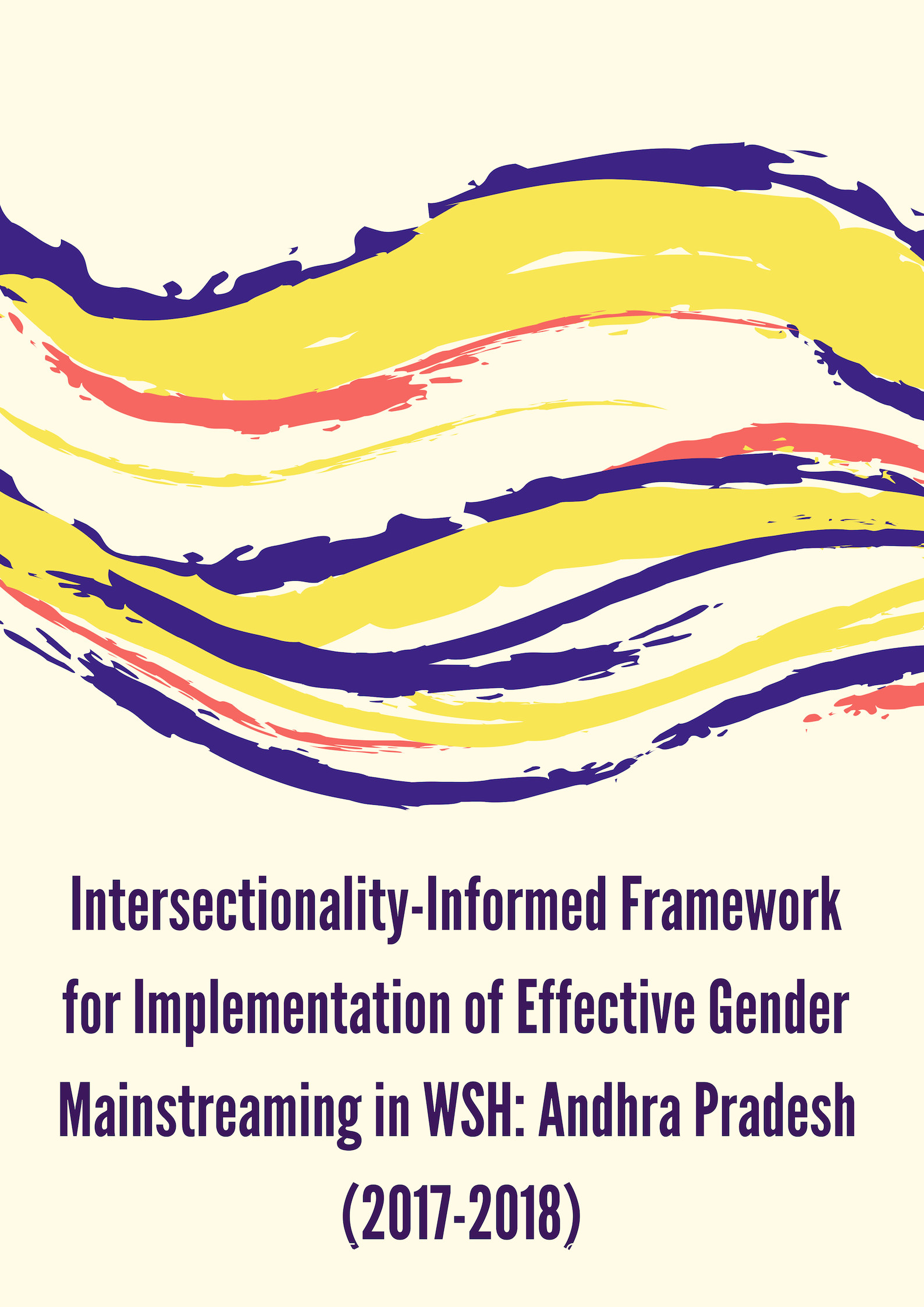
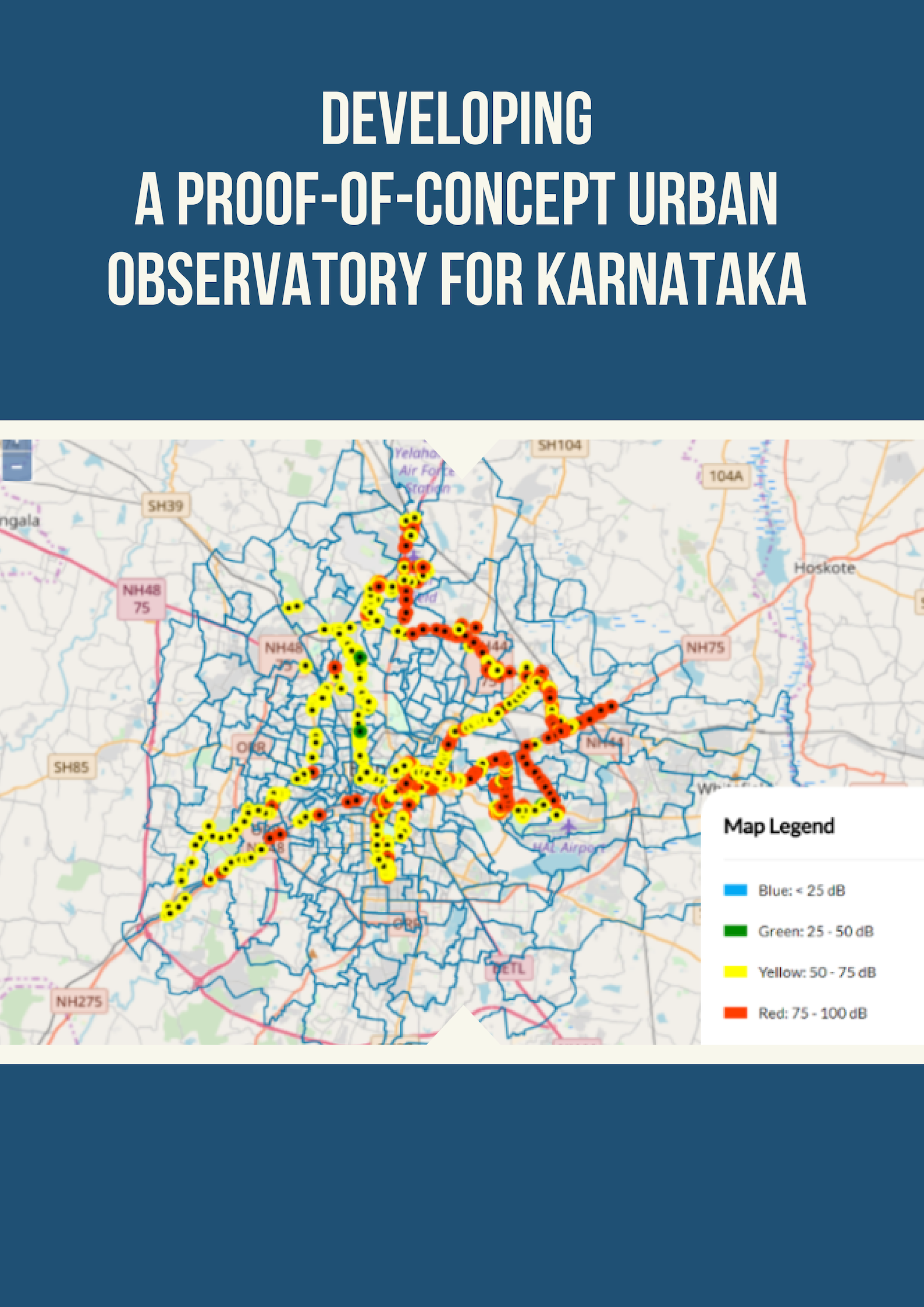
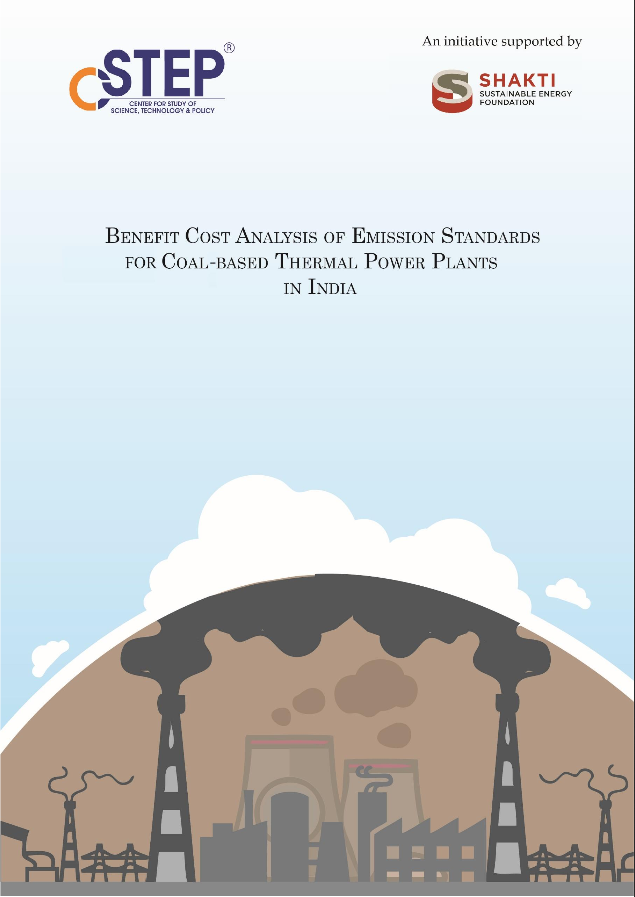


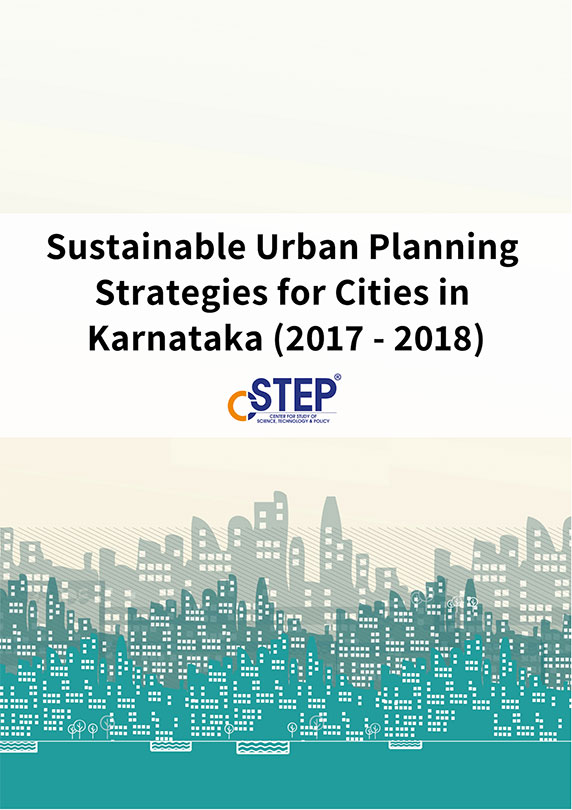



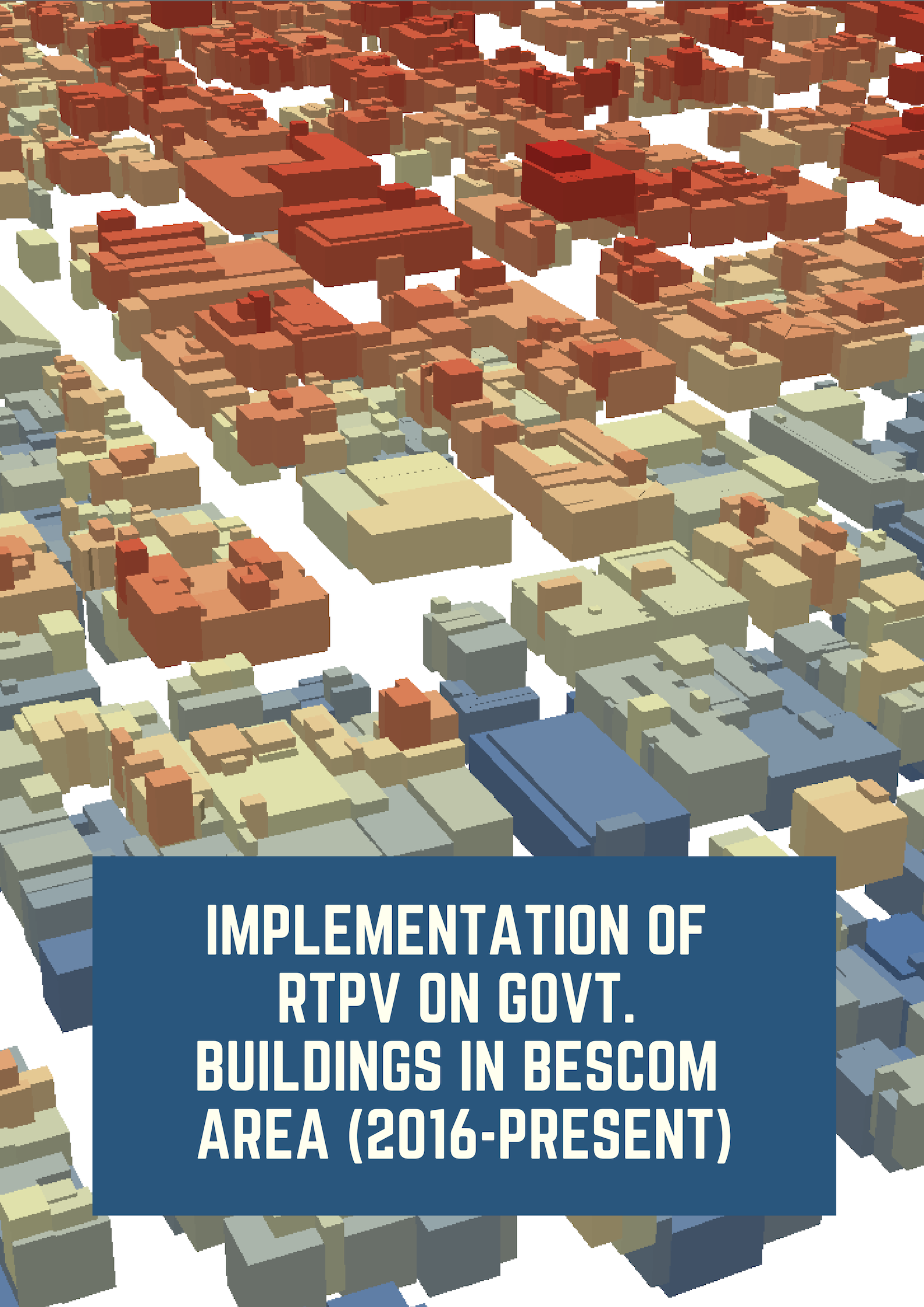
How Green Infrastructure Can Lend a ‘Healing Touch’ to Urban Spaces
Rarely has a singular event in the recent past changed our way of life as drastically as the COVID-19 pandemic. In the new normal, home has become the epicentre of not just personal but professional life too. Physical activities are restricted to the yard, terrace, balcony, or a room inside the house. The lack of social and environmental interactions and recreational activities, however, is leading to increased stress levels, calling for urgent measures to tackle it.
CSTEP Signs MoU With Seshadripuram Institute of Commerce and Management
CSTEP signed an MoU with the Seshadripuram Institute of Commerce and Management, Bangalore, on 15 February 2021. CSTEP aims to create awareness among students and faculty on climate change–related issues, conduct workshops on topics of mutual interest, and provide guidance to students conducting research in the area of environment and sustainability. Students would also volunteer for conducting surveys on related issues.
A climate-resilient rainfed agriculture
India has been witnessing variable monsoon for the past few years. The last year was marked by surplus rain in June, deficit rain in July, and surplus rain in August and September, as reported by the Ministry of Earth Sciences. This inconsistency in the monsoon rainfall pattern is an indication that extreme weather events might become the norm, rather than the exception, in the coming years. The Global Climate Risk Index 2020, released recently, puts India seventh in the list of countries worst hit by extreme events.
Atmospheric aerosols and inhalable particle number count during Diwali in Dehradun
This work presents the effects of fireworks display during Diwali on the short-term elevation of atmospheric aerosols and associated particle deposition in human respiratory tract at Dehradun, located in the foothills of the Himalayas. During Diwali in the years 2017 and 2018, the real-time particle number count (PNC) and particulate matter (PM) with the aerodynamic diameter of 0.01 to 35 μm were measured using an aerosol spectrometer.
Impact of COVID-19 lockdown on the fine particulate matter concentration levels: Results from Bengaluru megacity, India
Leveraging the COVID-19 India-wide lockdown situation, the present study attempts to quantify the reduction in the ambient fine particulate matter concentrations during the lockdown (compared with that of the pre-lockdown period), owing to the highly reduced specific anthropogenic activities and thereby pollutant emissions. The study was conducted over Bengaluru (India), using PM2.5 (mass concentration of particulate matter having size less than or equal to 2.5 µm) and Black Carbon mass concentration (BC) data.
The Role of Carbon Capture and Storage in India’s ‘Hard To Abate’ Industries
Carbon dioxide levels have hit a record high yet again despite the slowdown caused by the coronavirus lockdowns globally. Based on estimates by the GHG platform, heavy industries comprising cement, steel, chemicals, and aluminium and heavy-duty transport such as shipping, trucking, and aviation are responsible for more than a third of the carbon dioxide emissions in India.
